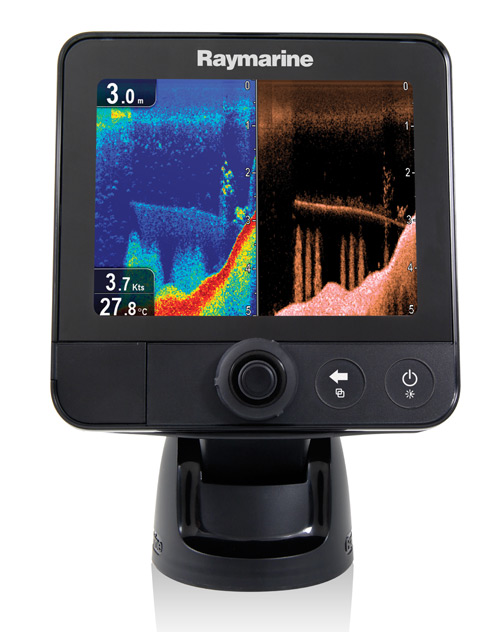The electronics market has seen an explosion of affordable technology – Is it all foam and no beer? Jim Clohessy talks electronics...

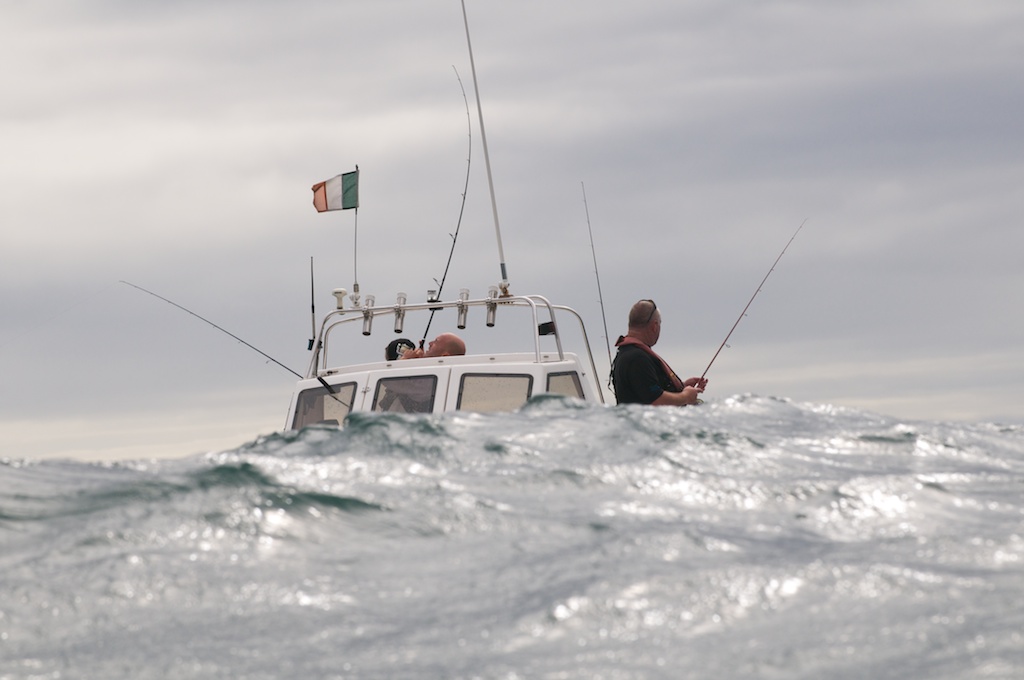
On the drift!
Losing the Plot!
The electronics market has seen an explosion of affordable technology – Is it all foam and no beer? Jim Clohessy talks electronics…
Oh God! I can remember seeing a paper chart fish finder on a boat. To be fair, I did not see it working but it was there. I have always been a technophile when it comes to my fishing. My first fish finder was a portable unit from Humminbird. I think there was about 50 pixels on the screen abut it did find us fish, or to be technically correct it found us features.
As the years went on you could see the gear get more advanced. I suppose trade and military technology and hardware began to filter down to the consumer. Screen resolution increased but nothing prepared us for the arrival of colour! The combination of High Definition screens, big power output and colour really has been a revelation in terms of fish finding and plotting.
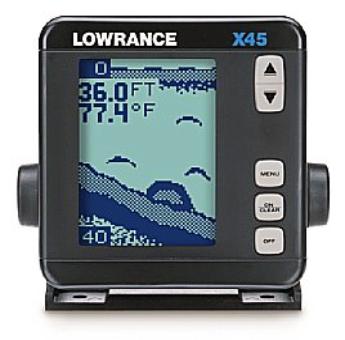
The Lowrance X45 was state of the art….
The last crop of plotters and sounders were a huge leap forward from those of the previous few years. HD-ID sounders and fast processors made a huge difference to navigation and sounding. But just when you thought it was safe to upgrade your units there was another smattering of offerings from the companies, designed to get us to part with even more cash.
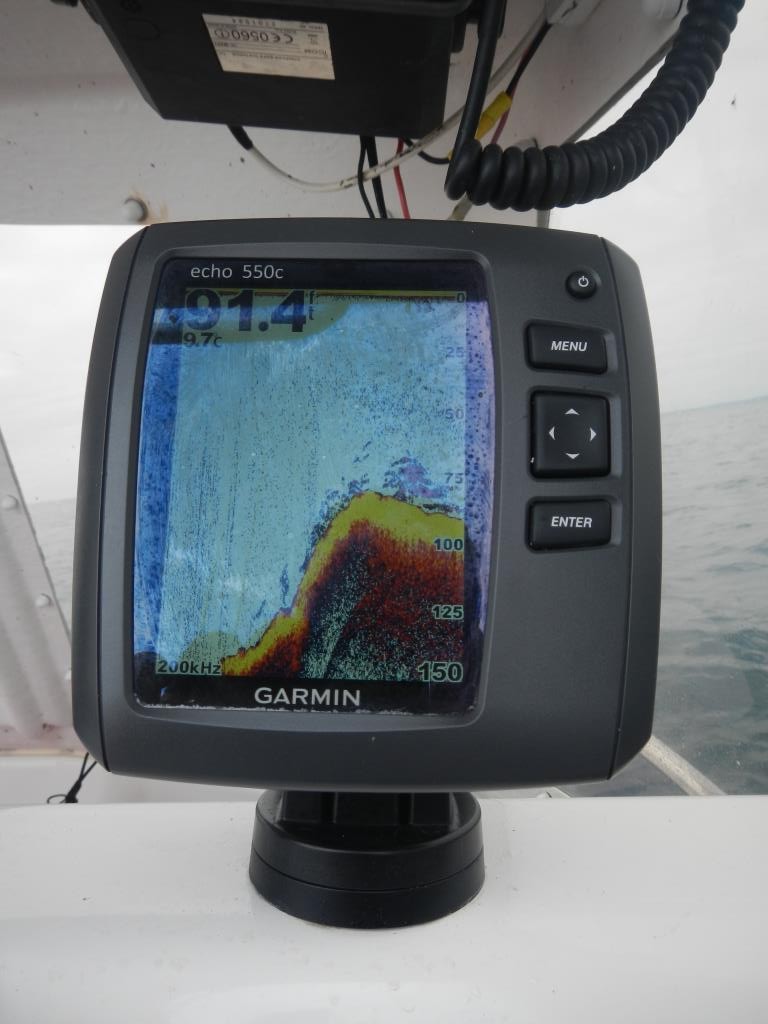
Garmin 550 a standalone sounder
What were the new temptations? Reliable touch-screens. Down Vu, Side Scan are popular features. 3D sounding is again becoming popular (Humminbird had a unit in the 80’s). Then Garmin chimed in with Panoptix – forward looking phased array sonar to be specific. The ability to make your own charts and share them is common now. With falling costs the size of screens seems to be getting bigger. I love gizmos as much as the next man, maybe even more than the next man! But as I use these modern units I am struck time and time again… I keep returning to the standard 2D “normal” sounder screen for the majority of my fishing. So is the “latest thing” worth the spend?
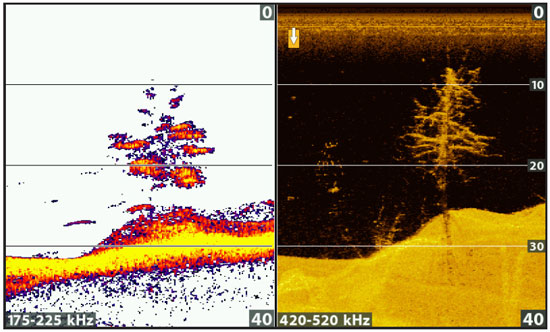
Down Vu and Standard 2D
I’ve seen it time and time again in the world of computing: People go on out and buy a computer that is far over specified for the job that they want the computer to do. You find a superb piece of equipment and it used for posting on Facebook and little else. Does the same thing happen in the fishing world?
In terms of fish finders I have always been of the opinion that it is hard to beat high power output. I suppose firstly we should stop calling them fish finders- They are echo sounders really. They are complex electronic devices that interpret signals that have been bounced off the bottom. The fact that they can find fish is incidental and in many cases it is not exactly true. How many time have I had guys say “we were out fishing and there were loads of fish on the screen but none were taking”. There’s a good chance that what the unit interpreted as fish and displayed as such was nothing more than weed or something else that had an air bubble attached or inside. The first piece of advice that I always give to any aspiring skipper is to turn off the fish symbols on your sounders.
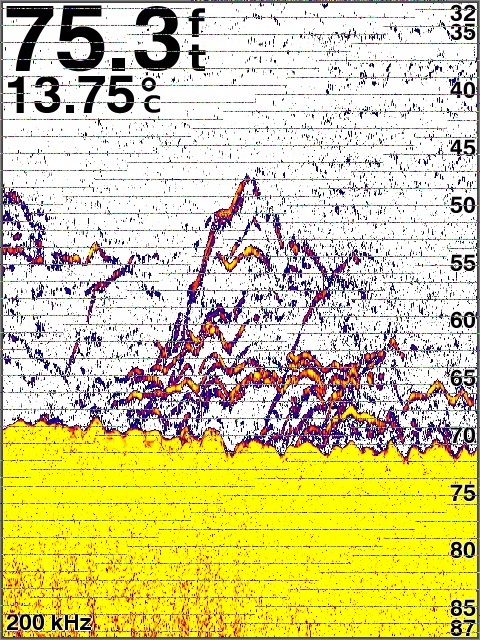
A shoal of pollack as a Garmin sees it
It is important to get to grips with your equipment. In the sounder realm this entails getting the most from your equipment by knowing how to use it proficiently. What are the things you should be proficient at? You should be able to tell the type of bottom you are fishing from the visual picture being presented. Did you realise that softer bottoms like mud and sand result in thinner lines on the bottom of your sounder? Did you realise that weed attached to rocks will usually show as a different colour? Little things like this enable you to get the most from your fishing. I love to drift across sandy areas. I especially like to drift as close to the areas where rock meets sand. I am happily able to do this with my current sounder.
Master the zoom! Using the zoom function to increase definition in the lower part of the screen is very useful. Garmin features a nice bottom lock feature that allows you to specify how much of the water column you are going to see – You can lock to say 100 feet (30M) and the sounder will hold that view. In short it is important to know what each function offers your fish finding abilities.
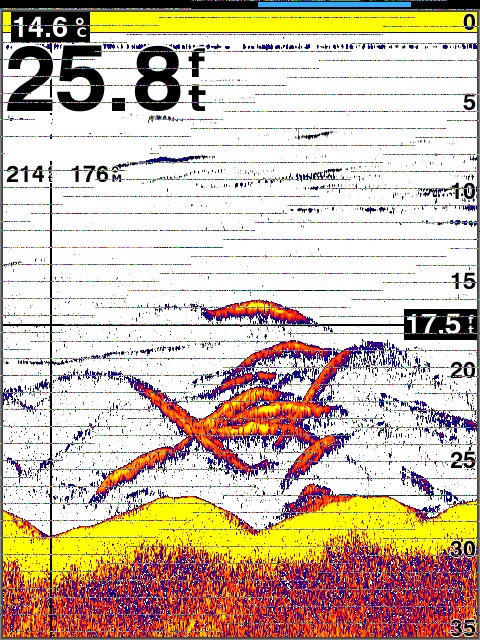
Bass!
What about Down vu – Side Scan etc?
I have used down view sonar a few time from different manufacturers and I am not sure if the systems are more suited to shallow water but I really did not get a whole pile extra from the systems. I found myself going back to the normal 2D screen as I was more comfortable and was happier that I knew what was being presented to me. Maybe it was my lack of experience? Maybe it is more gimmicky than useful yet.
So is there anything that excites in the new crop of sounders? Of course there is! CHIRP enabled sounders are promised to revolutionise sounder business and CHIRP’s arrival on the scene has more saltwater anglers changing sounder more than any other advance in technology. Simply speaking anything that can improve the 2D presentation of data is a good thing. Instead of using a single frequency to beam to the bottom CHIRP sounders have the ability to ping across a range of frequencies and therefore we are promised better target definition and less clutter on our screens even for higher gain settings. In short while many of the latest additions to the sounder menu seem to be quite gimmicky CHIRP should not get lost in all the other shiny things. Chirp has the ability to improve our sounder work. As you would expect the military have been using CHIRP sounders for years but it is only now that the technology is cost effective and can be offered to consumers.
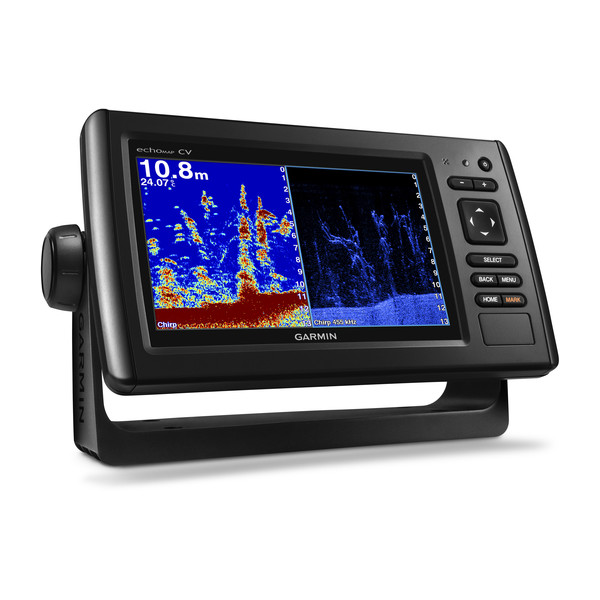
Garmin 75 DV CHIRP
While I have always been an advocate for separate unit in terms of GPS and Sounder I am gradually mellowing a bit and can see the attraction of using a large screen combination unit. I would say that if you are going to have separate units you really must have them talking to each other so you can get the benefits of the newest features of modern gear. Of course separate units do have a redundancy function. You might be able to continue fishing with one or the other should you have a unit failure at sea. Remember, if you are going to have a combo unit you should run with the biggest screen you can fit to the craft and that you can afford. Splitting a smaller screen will leave you with two very small presentations of navigation and bottom structure.
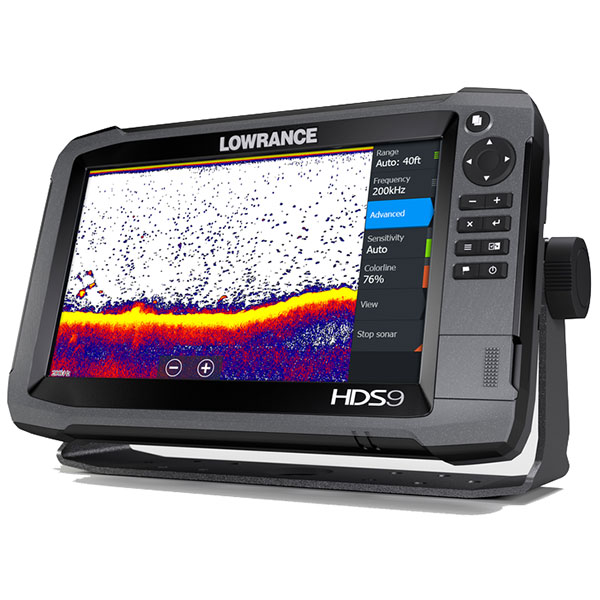
Lowrance HDS – Very popular
What about GPS then?
GPS had certainly become quicker over recent years. Between the elimination of Selective Availability (The built in error put in place by the US government) and the general improvement in satellite performance and an obvious increase in head unit processing power now is a good time to consider a change in your navigation habits.
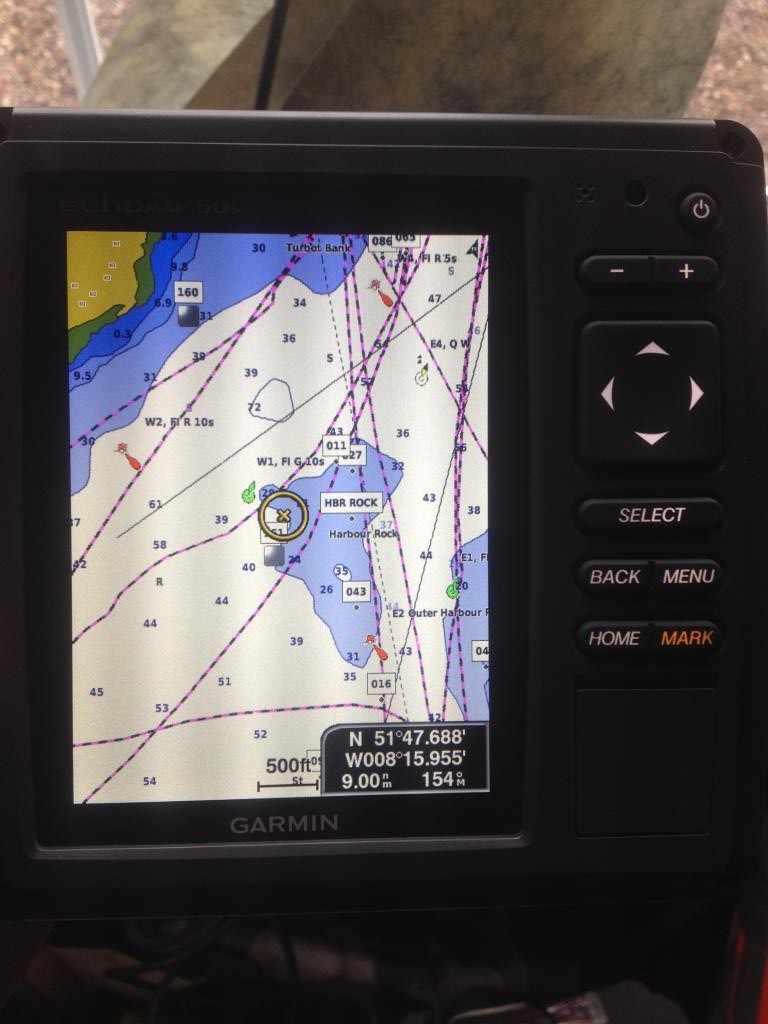
Plotters are an important part of the fishing setup
There are now loads of gimmicks like 3D and “pilot eye view” amongst others. Realistically speaking these new features offer little to the angler so really the greatest advance is the speed of refresh of the screen in a modern GPS. I was blown away in the last couple of years after I upgraded my 10 year old unit to a state-of-the-art unit (EchoMap 50s). The speed of zoom in or out is incredible. There are other useful features like the ability to change the colours of tracks and all the ability to save tracks on the units and to retrieve these for reference. I have not yet seen the unit that can differentiate powered motion separately to drifting – it would be a useful feature for drift fishing.
You must always remember the limitations of GPS as a form of navigation. There are very few down sides but you must always consider the fact that every boat should carry a compass. Remember also that I have yet to see a GPS that is smart enough to recognise shallow water areas. My GPS will still send me through a headland as navigation is by shortest distance and does not take the chart into consideration. There are systems coming online such as Garmin’s Auto Guidance that will do that for you now but they are not common on all but the newest units.
I like to save tracks from trips and occasionally I will download these charts to my computer for further study. The combination of Google Earth and GPS tracks can be fascinating.
Only some manufacturers are including charts with their GPS units. Garmin supply preloaded charts in many of their units. It is important to budget for a chart if the unit is not supplied. It is hard to see beyond Navionics charts when you have to buy. Some fish finders come with inbuilt GPS. This can be a handy option if you find you do not need a chart plotter and navigation purely by waypoint will suffice.
Many years back I experimented with some software called Dr. Depth. It worked in conjunction with your GPS and Sounder to colour code areas of sea bed based on the readings that Dr. Depth used. The system was eventiually sold to an unknown bidders thought the talk was that it was Humminbird. The modern equivalent is Garmin QuickDraw and Lowrance Insight Genesis. Both systems have taken personal mapping software to the next level and have expanded into communities of users that share the charts that they have surveyed themselves. I have used the Garmin QuickDraw system extensively and it is a real contender as a piece of boating brilliance. The data files can be shared around to other users of the system and they can also be uploaded to the online community. Lowrance Insight Genesis does something similar. Strangely these incredible additions can be largely hidden and not advertised – QuickDraw was an addition to my unit in a software update.
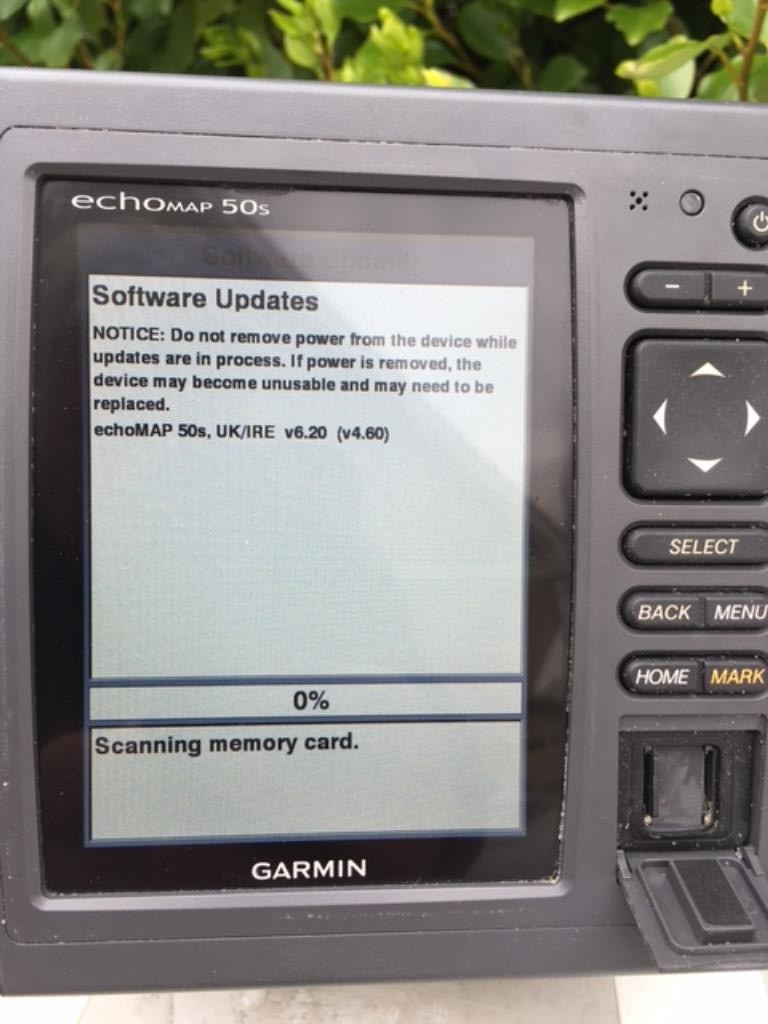
Updating regularly – Make sure that you keep up!
On the subject of software updates…
Many do not realise that just like your computer or your phone; the manufacturers are constantly updating and developing their software. With this in mind you need to check periodically to see if there has been a software update for your unit. To put this in context – I have a Garmin Echomap50S and the software has updated from 4.5 and 6.5 over the last three years, maybe two updates a year. As mentioned earlier, QuickDraw arrived onto my unit on a software update. Update is usually a simple affair. In Garmin case it is a matter of downloading the update to an SD card and inserting that card into the unit. The unit will take care of the rest. I would be inclined to backup my marks before I update just in case. All manufacturers will have a support page for your unit and you can check the unit itself to see what software version is installed currently.
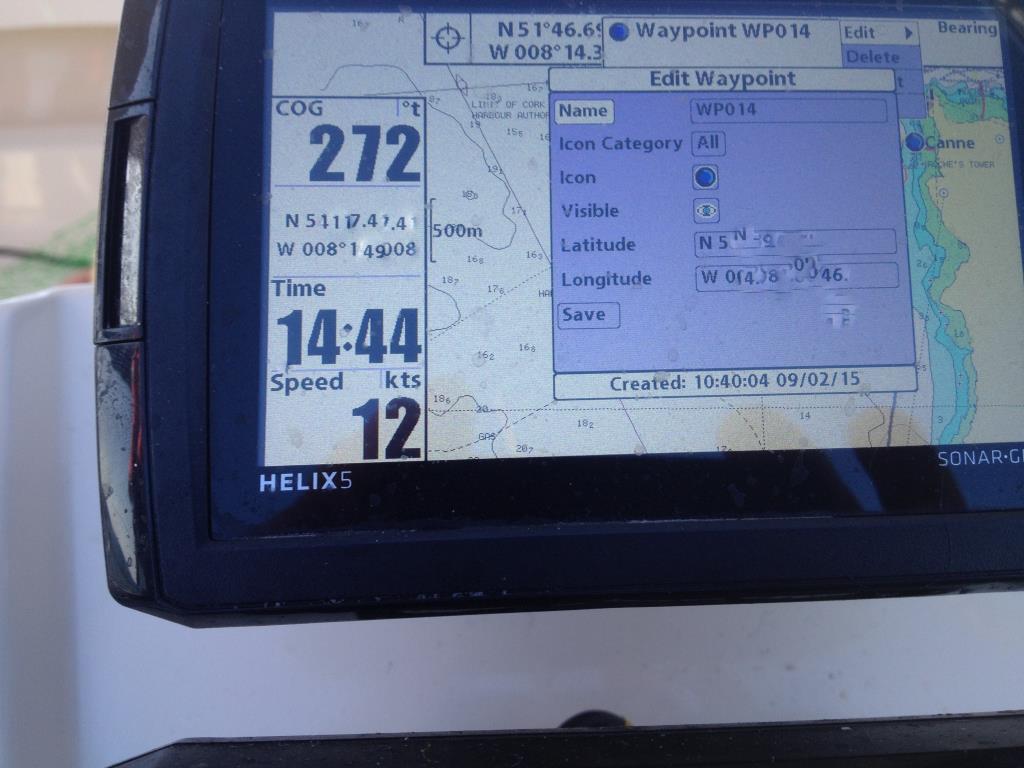
Helix by Humminbird
The Upshot
If I had an older setup on my boat and I was inclined to change my GPS and sounder then I would consider this as being an opportune time to do it. The advances in tech are incredible! As an experienced saltwater angler I would not be sold by the alternative sounder technology like upside down view etc! I would not be sold be sold on “real time” front view or such like. I would be sold on CHIRP and I would be sold on speed of refresh of screen and of course as high a definition screen as would be possible. Touch screen would not be a deal breaker (mucky fingers still don’t work!). A pre-loaded chart should be reflected in price. I would try to visit my local chandlers and have a “feel” off a prospective unit. I would look at how easy it is to operate the unit, how simple are the menus – ease of use is important, most units are run on their “Auto” settings.
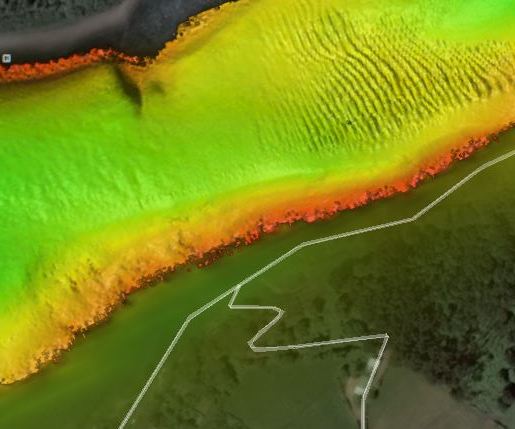
A professional scan…
I would read up on all units and judge them on their capabilities or lack thereof. Hi power output is still one of the most important criteria is terms of fish finding – look at RMS output rather than peak to peak. I would check out the unit in a shop to see how the construction is. I like a unit that has decent buttons and a good “tough” feel. I would check out on line as to whether a unit is trouble free.
I would be very wary of reviews online that are written by guys that have more interest in “free units” rather than the interests of anglers at heart. I would be wary of guys that are writing review for one unit only or only rate one manufacturer, in other words many of these guys have not experience across a range of manufacturers and promote the unit that they have been given. I would investigate pricing from all quarters. Be careful when buying online especially when buying a plotter. I had a mate that bought a unit for a steal only to find that the USA preloaded chart didn’t suit his local waters! Buying local is a great plan, but be sure to haggle if the unit is available cheaper online.
Most of all, when you make the purchase be sure to do the unit justice and learn the functions and capabilities of your unit. You’ll be pleasantly surprised how it will aid your fishing.
